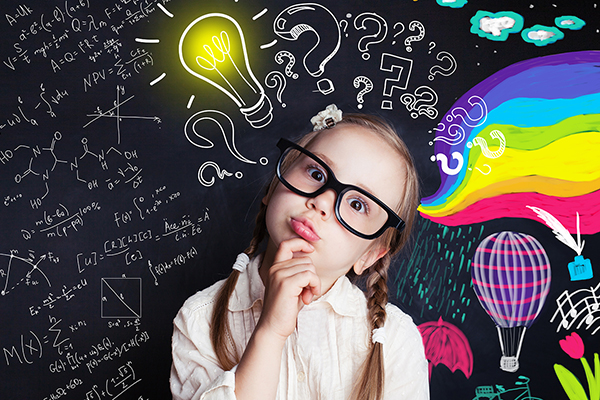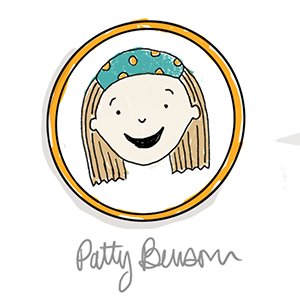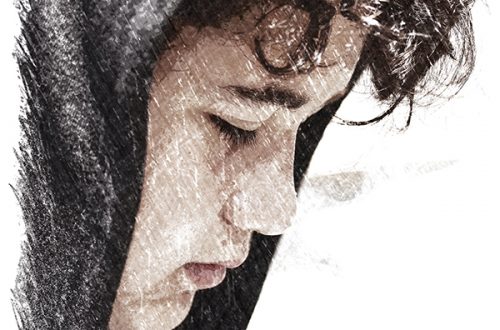
The Educational Needs of This Generation
Technology, Engineering and Art
By Lisa Catterall

Art is a universal human language. Direct connections exist between how much art students learn and their success in all academic subjects and as members of communities.
Our schools will improve if they deliver quality arts education to all students. The students deserve nothing less. – James S. Catterall
My office just became host to a tray of smiling, blinking robotic bees happily keeping me company as I prepare for my classes. I met my first graders today and their teacher introduced me as their “makers teacher,” and I said, “Oh no, these bees are going to teach you this year.”
They were not yet impressed. I also explained that we were not going to have “makers,” we were going to have “T.E.A. time, which stands for Technology, Engineering, and Art.” Now they were entirely unimpressed. It must have sounded like a mouthful of esoteric nonsense to them. We went around the circle, and I discovered that three of the nine children had already written more than one computer program. I had a group of six-year-olds who were already coding!
I was a little worried, but as we started working with our smiling bee robots, I realized I had a lot to teach them. The bees are designed to teach coding, but they are also good for keeping a classroom of kids joyful as they learn. Even the advanced first grade coders had a lot of debugging to do to solve the problems I gave them and their robot bee (no pun intended). When I mentioned that the bees could hold brush pens and we would be using them to make works of art later, the classroom really started to “buzz!”
Art is a universal human language. Direct connections exist between how much art students learn and their success in all academic subjects and as members of communities. When we teach art, there is art technique, or the part that is like teaching any tool for any subject where you learn skills, and there is self-expression, which is something we can encourage and develop. It’s an unfolding, and a process of self-discovery and also one of empathy and compassion. What if students learn different tools and techniques than they traditionally get in an art class, but use those to express themselves, to communicate universally, to create meaning, and to create beauty? If technology, engineering, and art occupy the same spaces in the world ahead of our students, there is great promise and potential in having them occupy the same space in a classroom.
Along the way, of course, it will not hurt that students are solving open-ended problems in infinite ways, collaborating, finding out about how to unearth problems that need solving, innovating, showcasing, iterating, failing and recovering, and learning the creative process. This is the magic and the promise of a program that combines technology, engineering and art.
On the other end of the age spectrum at our school, I am taking juniors and seniors in high school to Catalina Island. Normally, this is a science trip for younger high school kids, but they missed it during the height of the pandemic. We are building and bringing our own fully operational underwater ROVs, and we have two weeks to build them. We are creating herbarium-press works of art with watercolors using the incredible ocean plants on the island, and we have a day to learn how to do it. When we put this out to the students, asking for volunteers to build and learn, more than half of them flocked to their teachers to give up their lunches and after-school hours to take part in it. I was shocked, then I realized that they want to learn these integrated skills just as much as we want to teach them.
This year, we added a T.E.A. program for grades one through12. I was shocked by the ease with which this longtime dream of mine became a reality. It was as if last spring, coming back from the most challenging teaching year in recent memory, we all collectively had the courage and the motivation to go out on a limb and try something new. There was no call to simply pour energy into surviving the year, the flexibility the pandemic forced us to have actually held some allure. What if we could flex and try new things and better things, and do it and “go beyond” for the sake of our students’ future, not to simply make it through COVID?
The ability to solve novel problems is the foremost ability that needs to be fostered in our up-and-coming generations. There is a direct link between asking students to engage in activities that bring multiple disciplines into the same space and students’ ability to synthesize what they have learned into brand new solutions and ideas. Art, engineering and technology are parallel spaces, and the education needs of this generation pull them together.
Lisa Catterall teaches STEAM, math, science, and art at Mount Madonna School and is a senior associate of the Centers for Research on Creativity. She lectures and trains teachers and administrators on innovation in education in Beijing, China. Lisa has five children and lives in Santa Cruz County.


You May Also Like

Showing Up For Youth
September 28, 2021
Momming Lunches
September 30, 2021

